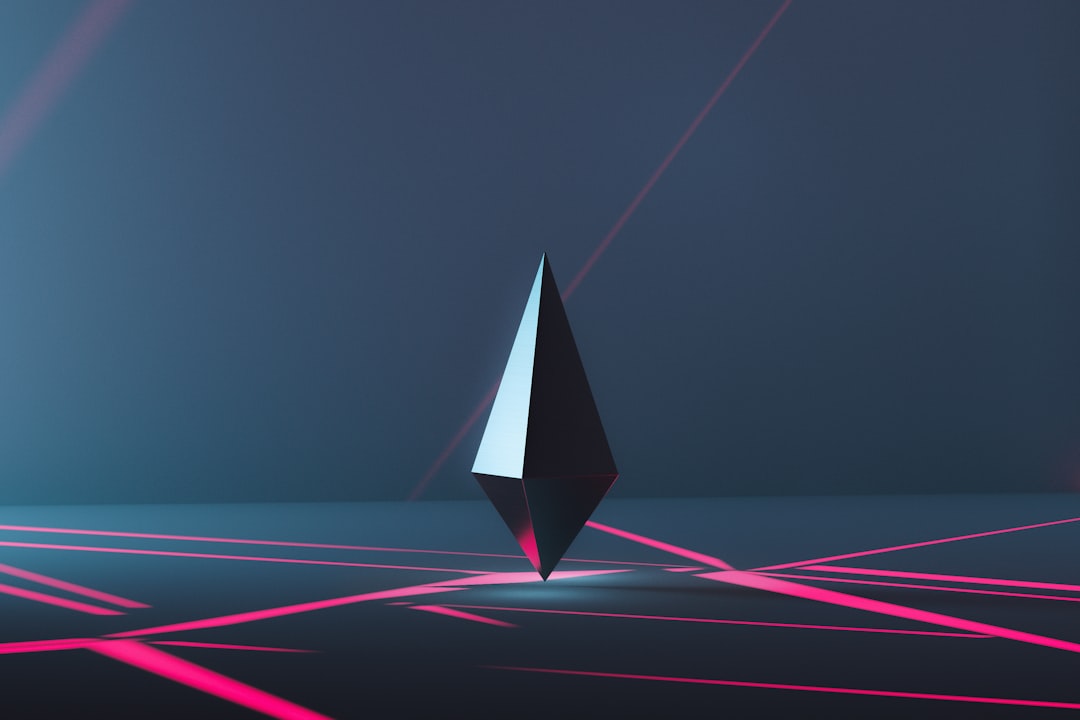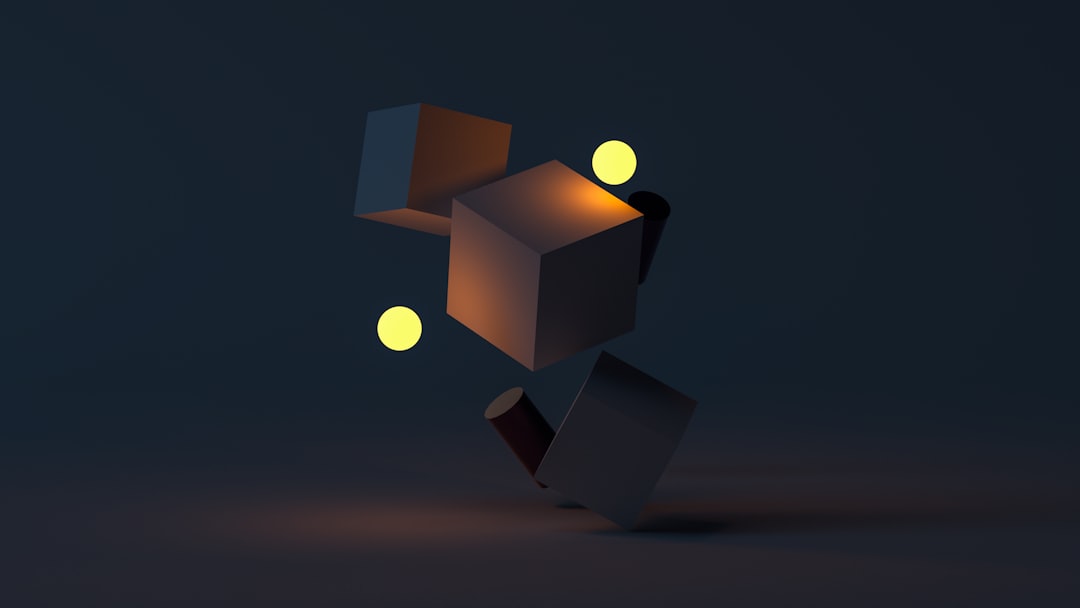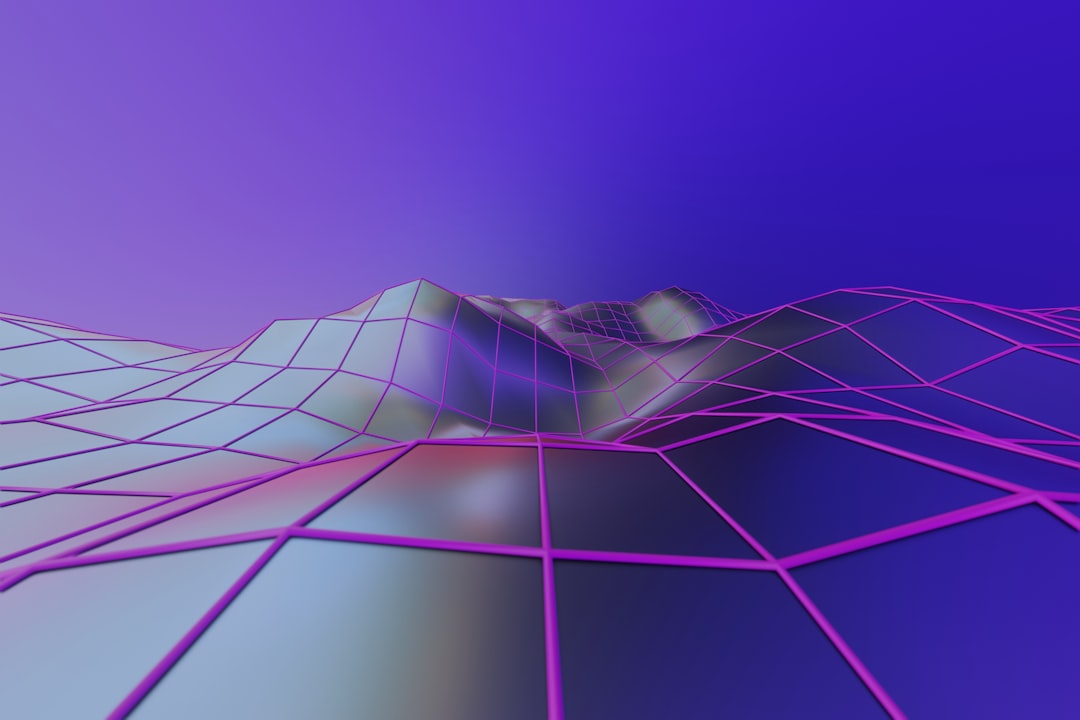Have you heard of NFTs? If not, you’re not alone. Non-fungible tokens or NFTs are a relatively new digital art phenomenon that has taken the art world by storm in recent years. NFTs are digital tokens that represent ownership of a unique piece of digital artwork, music, or other digital content. Think of them in terms of a digital certificate of authenticity that verifies the uniqueness and ownership of a piece of digital art.
NFTs have become a hot topic in the art world as they offer artists and collectors a new way to sell and monetize digital artwork. With the rise of digital art and online galleries, NFTs offer a way to authenticate and sell digital art in a way that was previously impossible.
In this blog post, we’ll dive into the world of NFTs and explore their unique properties, how artists and collectors are using them, the pros and cons of their use in the art world, and some of the controversies surrounding them. We’ll also take a glimpse into the future and predict how NFTs will continue to evolve and shape the art industry in the coming years. So, let’s get started!
What are NFTs?
NFTs, or non-fungible tokens, are digital assets that are uniquely identifiable and cannot be replicated. They are created on a blockchain, which is a decentralized digital ledger that records transactions. NFTs utilize smart contracts, which are self-executing contracts with the terms of the agreement between buyer and seller being directly written into lines of code. This means that once an NFT is purchased, the ownership and authenticity of the digital asset is recorded on the blockchain and cannot be altered or disputed.
One of the unique properties of NFTs is that they can be used to represent any type of digital asset, including art, music, videos, and even tweets. This has opened up new opportunities for artists and creators to monetize their digital creations in a way that was previously not possible.
But it’s not just about the technology behind NFTs. It’s also about the cultural and societal implications of this new form of ownership and authenticity. NFTs are challenging traditional notions of what it means to own and value art, and are inviting new conversations about accessibility, sustainability, and the role of technology in the art world.
As with any new technology, there are still many questions and uncertainties surrounding NFTs. However, the potential for innovation and creativity that NFTs bring to the art world is both exciting and inspiring. Only time will tell how NFTs will continue to evolve and shape the future of art.
They are created on a blockchain, which is a decentralized digital ledger that records transactions.
How are NFTs used in the art world?
In the art world, NFTs have become increasingly popular as a way to sell and authenticate digital art. Traditionally, digital art has been difficult to sell and prove ownership because it can be easily replicated and shared.
With NFTs, artists can create unique, one-of-a-kind digital pieces that are authenticated on the blockchain. This means that the artwork is recorded on a public ledger, making it easy to verify ownership and transfer ownership to new buyers.
NFTs have also made it possible for artists to monetize their digital art in a way that was previously not possible. They can now sell their work directly to collectors through online marketplaces, such as OpenSea and Nifty Gateway, without the need for a middleman or gallery.
Furthermore, NFTs have opened up opportunities for artists to experiment with new forms of digital art. Some artists have created interactive pieces that change based on the viewer’s input, while others have created generative art that evolves over time.
Overall, NFTs have provided artists with a new way to showcase and sell their digital art, while also providing collectors with a way to own and authenticate unique pieces. However, as with any new technology, there are both pros and cons to consider. Let’s take a closer look in the next section.
Overall, NFTs have provided artists with a new way to showcase and sell their digital art, while also providing collectors with a way to own and authenticate unique pieces.
Pros and Cons of NFTs in the Art World
NFTs have made headlines in the art world for their potential to revolutionize the way we buy, sell, and collect digital art. However, as with any new technology or trend, there are both pros and cons to consider.
One of the biggest advantages of NFTs is their ability to provide artists with a new revenue stream. By selling their digital art as NFTs, artists can retain ownership of their work while still earning money from its sale. This is especially beneficial for emerging artists who may not have had access to traditional art markets before.
NFTs also have the potential to make art more accessible to a wider audience. With digital art being sold as NFTs, collectors can easily purchase and display pieces without ever having to physically own them. This opens up the art world to people who may not have the means or space to collect physical art.
However, there are also concerns about the accessibility of NFTs. Some worry that the high prices of NFTs could make them exclusive to wealthy collectors, shutting out more casual art buyers.
Another issue to consider is ownership. While NFTs provide a way for artists to retain ownership of their work, it’s important to remember that ownership does not necessarily equate to control. Once an NFT is sold, the buyer has the ability to display or use the artwork in any way they see fit, even if the artist disagrees with it.
Finally, there are sustainability concerns surrounding NFTs. The energy consumption required to create and trade NFTs has raised questions about their impact on the environment. Additionally, the use of blockchain technology, which is essential for creating NFTs, is not yet fully developed and may have its own sustainability issues.
Overall, it’s clear that NFTs have the potential to change the art world in exciting ways. However, it’s important to approach the technology with a critical eye and consider both the benefits and drawbacks. By doing so, we can ensure that NFTs are used responsibly and sustainably, while still providing new opportunities for artists and collectors alike.
While NFTs provide a way for artists to retain ownership of their work, it’s important to remember that ownership does not necessarily equate to control.
Controversies Surrounding NFTs
As with any new technology, NFTs have generated their fair share of controversy. One of the most significant debates surrounds the environmental impact of NFTs. Critics have argued that the energy required to mint an NFT is significant, potentially using as much as an entire household’s monthly electricity usage. This has led to concerns about the carbon footprint of NFTs and the impact they could have on the environment.
However, supporters of NFTs have pointed out that the environmental impact of traditional art production can also be significant. The physical production of art requires materials like paint, canvas, and wood, which can have a substantial environmental impact. Additionally, the shipping and handling required to move physical artwork can also contribute to carbon emissions.
Another controversy surrounding NFTs is the potential for exploitation. Some have worried that NFTs could be used to exploit artists, particularly those who are just starting in their careers. This could occur if NFTs are used to sell artwork at a significantly higher price than their physical counterparts, potentially pricing out collectors who cannot afford the high price tag.
However, others have argued that NFTs have the potential to democratize the art world. By creating a more accessible platform for artists to sell their work, NFTs could help to break down some of the barriers that have traditionally prevented artists from reaching a wider audience.
Ultimately, the controversies surrounding NFTs highlight the need for continued conversation and exploration of this technology. While there are certainly valid concerns to consider, there are also exciting opportunities to be explored. By remaining open-minded and curious, we can continue to learn more about NFTs and their potential impact on the art world.
This could occur if NFTs are used to sell artwork at a significantly higher price than their physical counterparts, potentially pricing out collectors who cannot afford the high price tag.
The Future of NFTs in the Art World
As with any emerging technology, it’s difficult to predict the exact trajectory of NFTs in the art world. However, it’s clear that they are here to stay and will continue to shape the industry in the coming years.
One potential area of growth for NFTs in the art world is in the realm of virtual and augmented reality. As these technologies become more advanced and mainstream, there will likely be an increasing demand for digital art that can be experienced in immersive, interactive ways. NFTs could provide a valuable means of buying, selling, and authenticating these types of artworks.
Another potential use case for NFTs is in the realm of social media. As platforms like Instagram and TikTok increasingly become the primary means of discovering and consuming art, there may be an opportunity for NFTs to more seamlessly integrate with these platforms. For example, an artist could sell an NFT directly through their Instagram profile or embed an NFT into a TikTok video as a form of monetization.
Of course, there are also potential pitfalls and challenges that lie ahead for NFTs in the art world. As we discussed earlier, there are concerns about the environmental impact of NFTs and the potential for exploitation. It will be up to the industry as a whole to address these issues and ensure that NFTs are being used ethically and sustainably.
Overall, the future of NFTs in the art world is exciting and full of possibilities. While there are certainly challenges to be addressed, the unique properties of NFTs provide new opportunities for artists, collectors, and enthusiasts alike. It will be fascinating to watch how this technology continues to evolve and shape the industry in the years to come.
While there are certainly challenges to be addressed, the unique properties of NFTs provide new opportunities for artists, collectors, and enthusiasts alike.
Conclusion: The Potential Impact of NFTs on the Art World
In conclusion, NFTs have taken the art world by storm, revolutionizing the way we buy, sell, and collect digital art. Through the use of blockchain technology, NFTs have provided a way for artists to authenticate and monetize their work, while also giving collectors a unique opportunity to own rare, one-of-a-kind pieces.
As we have discussed, NFTs come with both advantages and disadvantages. On the one hand, they provide unparalleled access to digital art, allowing anyone with an internet connection to own a piece of digital art that is verifiably one-of-a-kind. On the other hand, there are concerns about their environmental impact and the potential for exploitation.
Despite these controversies, there is no denying the potential impact of NFTs on the art world. As technology continues to evolve, we can expect to see even more innovations in the way we create and consume art. NFTs are just the beginning.
So, what does the future hold for NFTs in the art world? Only time will tell. But one thing is for certain: NFTs have opened up a whole new world of possibilities for artists, collectors, and art enthusiasts worldwide. With their unique properties and undeniable appeal, it’s clear that NFTs are here to stay.
As we continue to explore the potential of NFTs in the art world, let’s keep an open mind and embrace the opportunities they provide. Whether you’re an artist, collector, or simply a lover of art, NFTs offer a new and exciting way to experience the world of digital art. So let’s dive in and see where this journey takes us.





